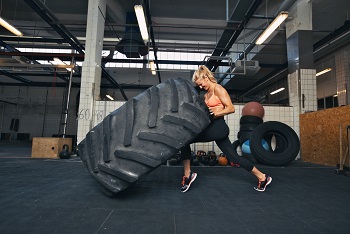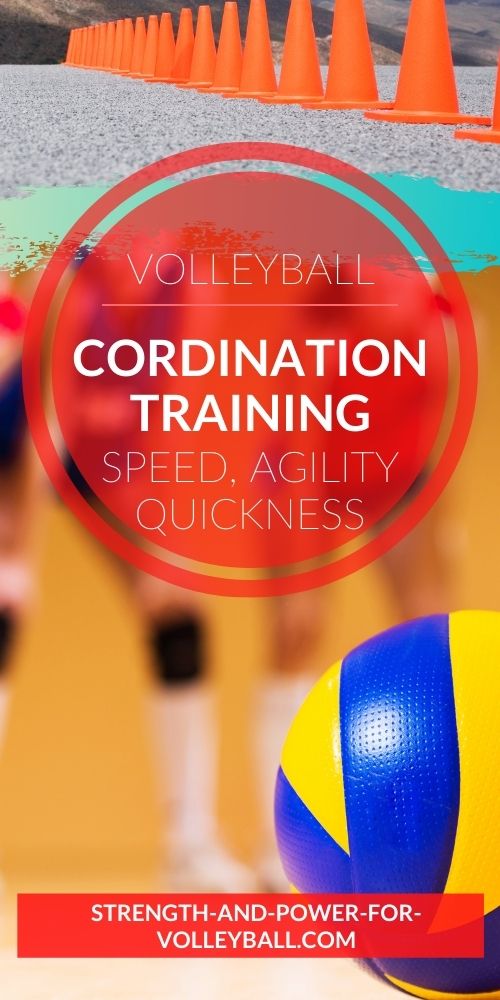- Home
- Smarter Training
- volleyball movement skills
Volleyball Movement Skills
Keys to Long Term Volleyball Success
Volleyball movement skills and coordination development is important to develop when the athlete is still young. If you improve your coordination when you are young (between 7 - 14 years old), you'll have a big advantage over other volleyball players later on.
Diversity and Versatility
Developing coordination is a process that takes years of exposure to training
with diversity and versatility.
You can't pigeonhole young athletes into sport-specific training and expect them to jump into the ranks of elite athletics.
"You Can't Become a Champion Until You Become An Athlete"
It's also important to understand that coordination-based exercises must be introduced during the preadolescent ages.
Rather than introducing coordination training during adolescents, start during pre-adolescent ages while the
nervous system plasticity
is high and volleyball movement skills hasn't yet been ingrained as permanent.
The changes in physical growth during adolescent ages alters the young players previously mastered movement habits.
During this time, refinement of movement should take precedence over learning new movement-based skills.
In post-adolescence, coordination training can once again be taken to new levels.
Three Basic Principles of Coordination Training
1. Start Young. Coordination improves as a result of learning and
mastering new movements. Start the young player early with
coordination-based
exercises that challenge their abilities (within reason). The more
coordination a young player has, the more ability he or she will
display.
2. Challenge a young player on an appropriate individual level. Some
volleyball players have good balance while others have good rhythm. The key is to uncover
what elements of coordination each athlete requires and develop drills that target the weaknesses.
3. Change exercises frequently. Young athletes tend to learn quickly. Be sure to challenge them both physically and intellectually with new
exercises often.
If you enjoyed these tips and would like to keep it close to you at any time, just save this pin to your Pinterest Volleyball Training Board.
Volleyball Movement Skills and Coordination
1. Multi-directional forms of running, jumping, and skipping.
2. Single-leg balancing games.
Single Leg Tug-of-War: Stand on one foot and grasp the hand of a
partner who is also on one foot. Without being too aggressive, attempt
to knock your partner off balance
by pushing or pulling them. This exercise can be performed in a number
of different ways including -
same foot, different hand, different foot, same hand or same foot, same
hand.
3. Mirror Games (mirroring each other's movements).
4. Exercises where you start or finish in new positions (start a sprint from belly or on back).
5. Opposite arm circles (right hand circles forward, left backwards).
6. Simultaneous arm and leg circles.
7. Jump in place with 180 or 360 turns while in flight.
Side Jump/Deep Knee Land: This exercise helps teach the basics of force
absorption and deceleration. Jump forwards, sideways, backwards or with
rotations and upon landing, push your hips back and bend your knees.
8. Balance exercises on low balance beam.
9. Cross step-over running or carioca.
10. Somersault to balance.
11. Skipping.
12. Obstacle running (place cones on floor and have athlete run or hop over them).
Remember, volleyball movement skills and coordination includes elements of balance, spatial orientation, and rhythm. The exercises listed above reflect what you can do to improve several elements of coordination.

